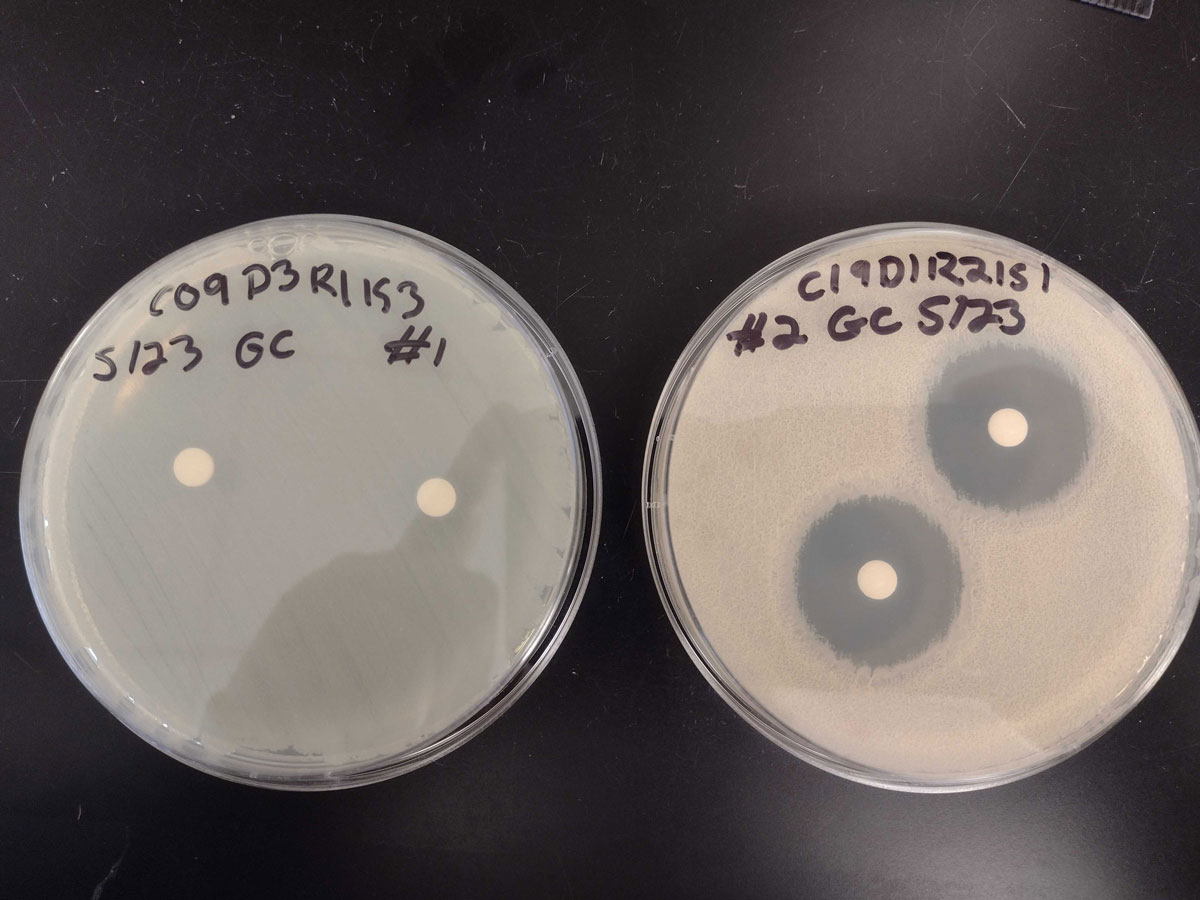Using the Rules of Antibiotic Resistance Development to Inform Wastewater Mitigation Strategies
Antimicrobial Resistance (AMR) is a global challenge that threatens human and environmental health, food security and the international economy. AMR occurs when genetic changes in microbes – spontaneous mutations or from horizontal gene transfer – result in decreased efficacy of antibiotics used to treat infections, increasing infection duration and risk of death. Studies to date have demonstrated that wastewater treatment plants (WWTPs) introduce many contaminants of environmental concern (CECs) – including residues of antibiotics and other pharmaceuticals – into the ecosystem. In this collaborative study, an Iowa State team led by Adina Howe, will collaborate with researchers at the University of Buffalo and Virginia Tech to explore how resistance emerges in WWTPs as major “hotspots” for AMR spread. The collective research team will investigate the interplay between the presence of low antibiotic concentrations and the co-occurrence of other CECs and heavy metals typically observed in polluted environments, and the effect of temperature that may exacerbate the impacts of AMR due to climate change. An increased understanding of the “rules” of selection for AMR, viewed through the prism of these understudied environmental factors, could lead to more effective mitigation strategies to combat resistance spread.
Collaborators
Diana Aga, University of Buffalo (PI) Laura Jarboe, ISU Shannon Seneca, University of Buffalo Liqing Zhang, Virgina Tech
Funding
NSF

